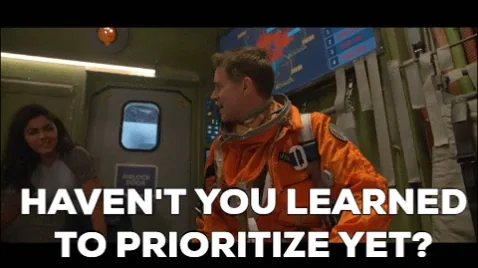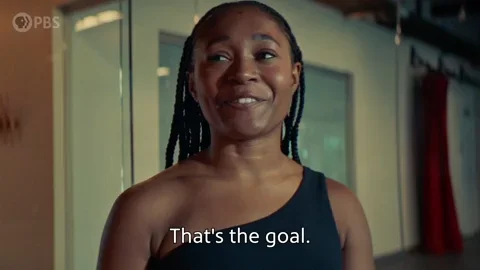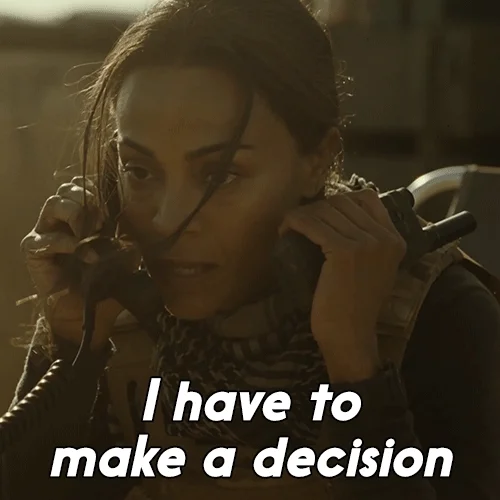
This logo isn't an ad or affiliate link. It's an organization that shares in our mission, and empowered the authors to share their insights in Byte form.
Rumie vets Bytes for compliance with our
Standards.
The organization is responsible for the completeness and reliability of the content.
Learn more
about how Rumie works with partners.
Ever started an essay, only to write five lines after sifting through 120 sources? That’s called analysis paralysis.
Is this an issue that you want to overcome? To find your way out of analysis paralysis, you need to go step by step, just like the video below explains:
1. Recognize it
Examples:
Work: A marketing team fails to choose an ad strategy due to endless data comparisons, missing deadlines.
School: A student overthinks a project topic without starting, risking a late or incomplete submission.
Personal: Someone reads too much about fitness plans without beginning any, stalling health goals.
If you recognize analysis paralysis, you can identify it quickly and take the necessary steps to address it.

Overthinking can feel like standing at a fork in the road. To move forward, pinpoint what's causing your hesitation and address it to make a more informed decision.

2. Prioritize decisions
When your brain is constantly in work mode, it can become overworked and tired. To counteract this:

Prioritize important decisions. Complete important tasks early in the week, and less important ones throughout the week.
Analyze your work patterns. If you tire in the evening, schedule tough decisions for the morning, when your energy is higher.
3. Take a break
Take a break if you’re constantly fixated on a problem or decision.
You can also:
Distance yourself to let your mind rest.
Step away so you act more easily.
Avoid thinking about the issue — instead, focus on less demanding projects.
4. Ask someone for advice

When overwhelmed, always ask for help:
Whether you’re solo or in a group, seek outside advice when solving a problem.
This is especially helpful if you're overthinking or stuck on a decision.
Asking for input can provide new perspectives.
For example, ask a friend or family member with experience if you're choosing a houseplant.
5. Make quick decisions

To help relieve your mind of its decision-making paralysis:
Make easy decisions quickly.
For daily choices — like which book to read or buy — decide fast.
This approach boosts your confidence and helps prevent overthinking.
Did you know?
If you're a perfectionist, you might get stuck more often. The fear of making a wrong move means sometimes you'll make no move at all!
6. Set a deadline
Setting a deadline forces you to make a decision.

Once you recognize that you're in paralysis:
Give yourself enough time to make a decision.
Make your deadline public or share it with others.
Ask for help to stay accountable.
Consider posting about your deadline on social media.
The more people who know, the more motivated you’ll feel! it.
7. Understand your goals
Understanding your desired results can guide you in selecting the best approach.

For example, imagine that a business is choosing between two strategies:
Acquire customers quickly
Build a strong brand for the future
Focusing on building a strong brand is usually better long-term. However, if the business needs funds for new products, getting more customers quickly may be the smarter choice.

Scenario: Marketing stragey
You're a marketing manager at a small startup company who needs to decide on a new social media strategy.
You've been given extensive data on your target audience, competitors, and potential platforms to use.
However, the more you analyze, the more confused you get. Days have passed, and you're still unsure about the solution
You're stuck overanalyzing the options and unable to make a decision.
Quiz
What should you do to overcome analysis paralysis and make an effective decision? Select all that apply:
Prioritizing the most important decisions and limiting research time helps prevent overthinking and keeps you moving forward when data is incomplete.
Take Action
Remember to:
Limit your options.
Make your decision quickly.
Set a deadline and move forward.

Here is how:
This Byte has been authored by
Marko Scantlebury
Teacher
MSc


